Minimalist office pops up at London brutalist icon the Smithson Tower
ConForm Architects creates minimalist office at London’s Smithson Tower, uniting brutalist architecture, modernism and a comfortable, almost domestic working environment
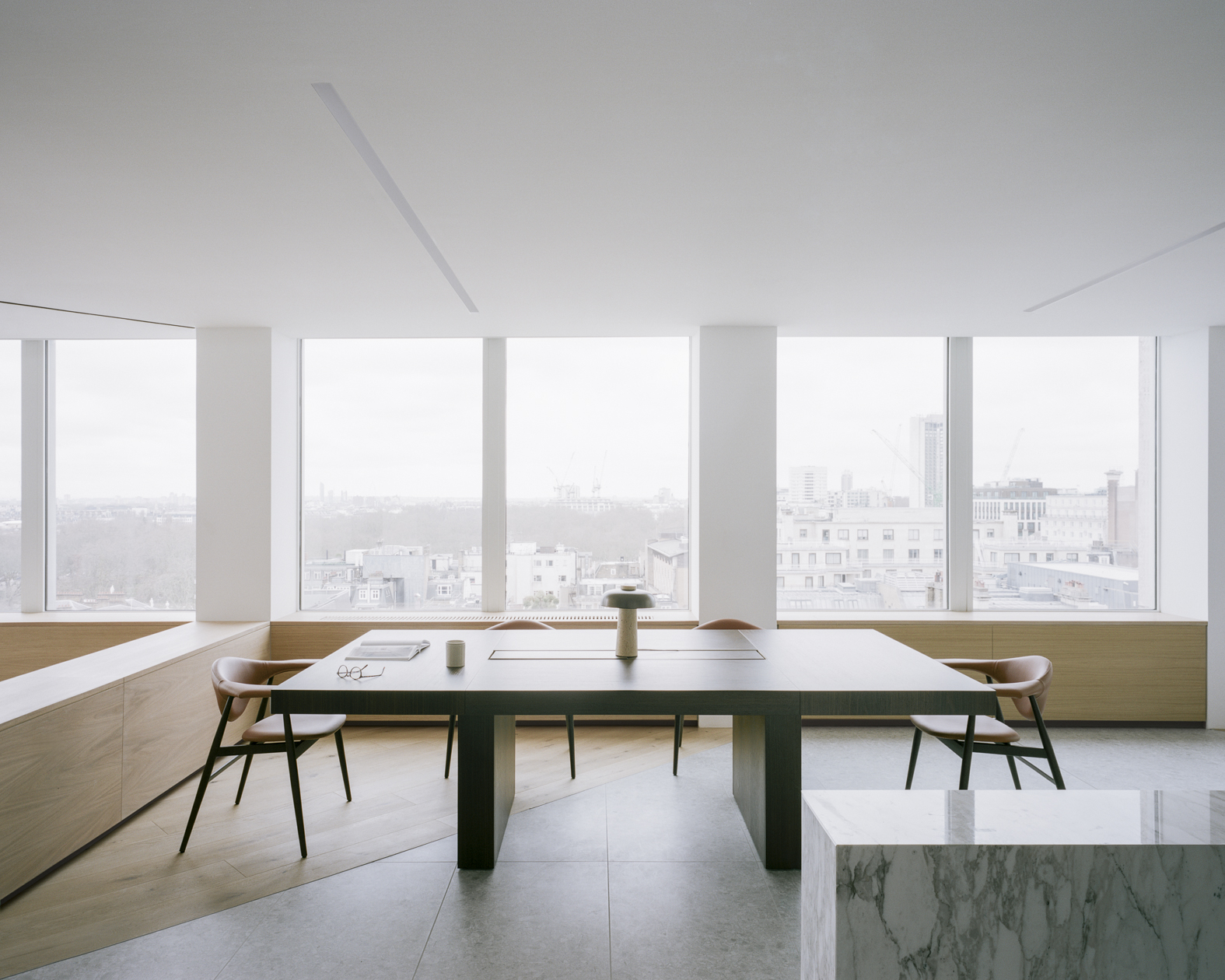
Lorenzo Zandri
Central London is chock-full of iconic architecture, but few buildings represent brutalist architecture better than the iconic Smithson Tower – previously known as the Economist Building – which was designed in the early 1960s by Alison and Peter Smithson. Now, this piece of Grade II* listed modernist architecture includes a brand new warm and minimalist office interior, courtesy of ConForm Architects.
Sat on the high rise’s 11th floor and occupied by a financial client, the workspace is sleek and contemporary but at the same time, the minimalist architecture feels homely and inviting, creating a comfortable, almost domestic working environment. The open floorplan adds to the steamlined look and directs the gaze towards the long views of the London skyline afforded by the windows. ‘The design responds to the contemporary move towards designing offices that are collaborative rather than cellular,’ explain the architects.
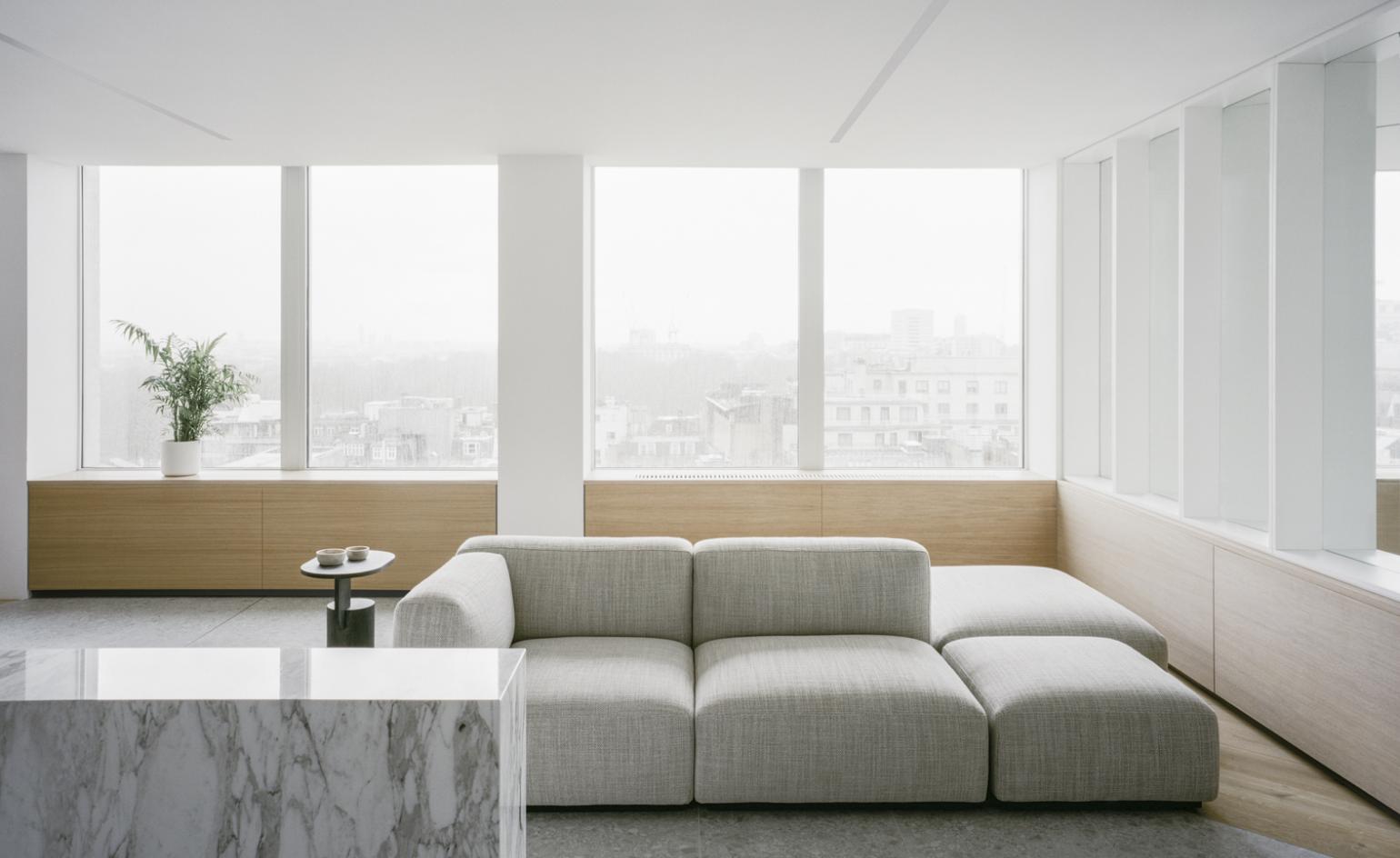
The sharp surfaces and pared-down decor work well with the building’s distinctive octagonal layout (with circulation at the core). The clean overall aesthetic is matched with the building’s existing shell and historical architecture; but the refining of technical elements was equally crucial in the interior redesign, the architects add.
‘A major challenge to the scheme was incorporating and adapting the existing air conditioning and heating and cooling infrastructure. The Economist Building was the first building in the UK to have air conditioning and the historic system was geared around exclusively servicing the cellular perimeter offices. As the original circulation route correlated with that of the air ducting, the opportunity arose to accentuate this service zone by lowering the head height and lining the core with acoustic Kvadrat panels, providing a more intimate and contextual path circumnavigating the core.’
Working with both the needs of an all-mod-cons, contemporary office, and the Smithson Tower’s historical fabric, ConForm Architects used references, such as an early concept sketch design by the Smithsons, to perfect their design. As a result, the new minimalist office balances the tightrope between old and new, brutalism and abstraction, workspace and domesticity.
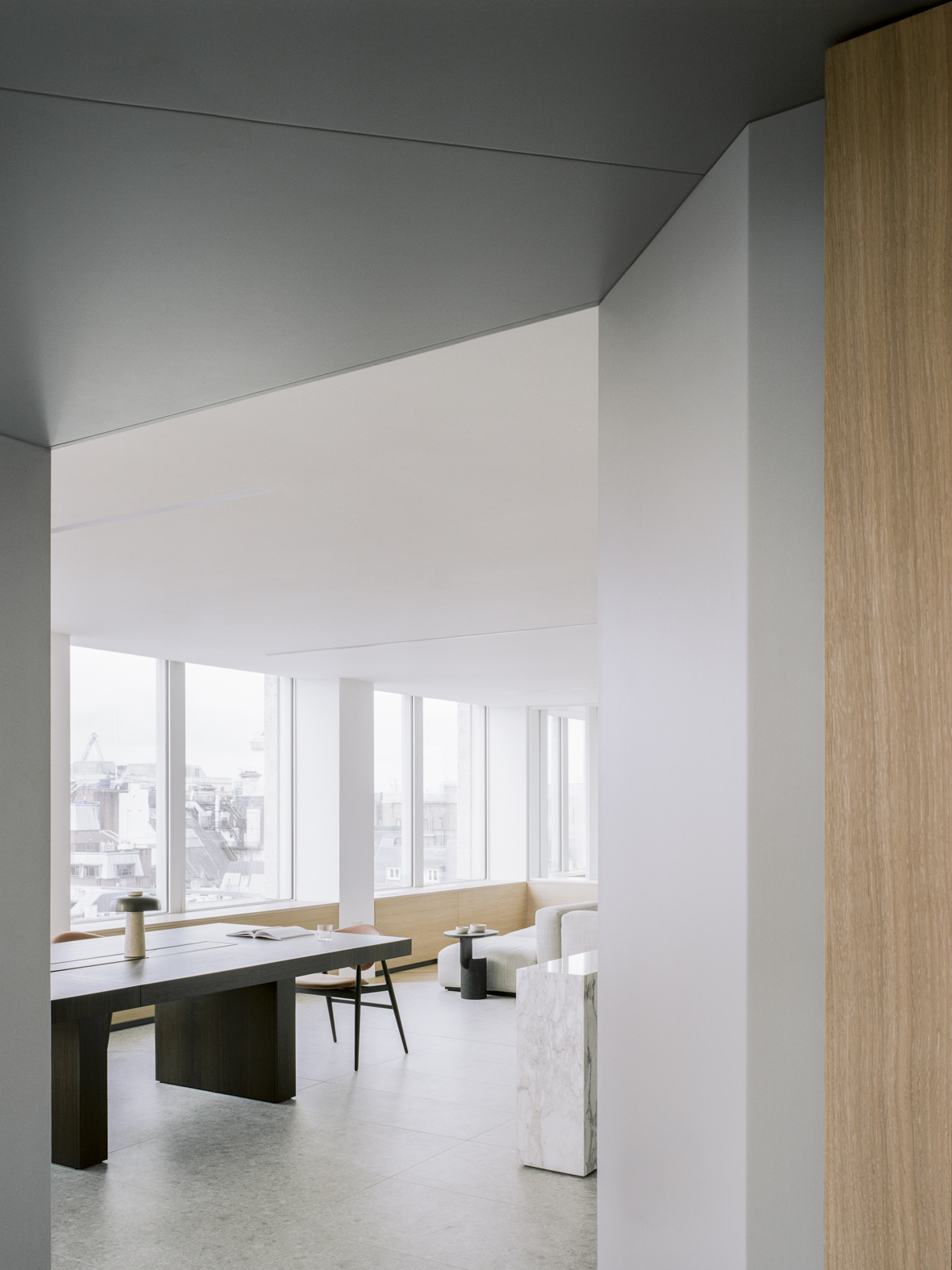
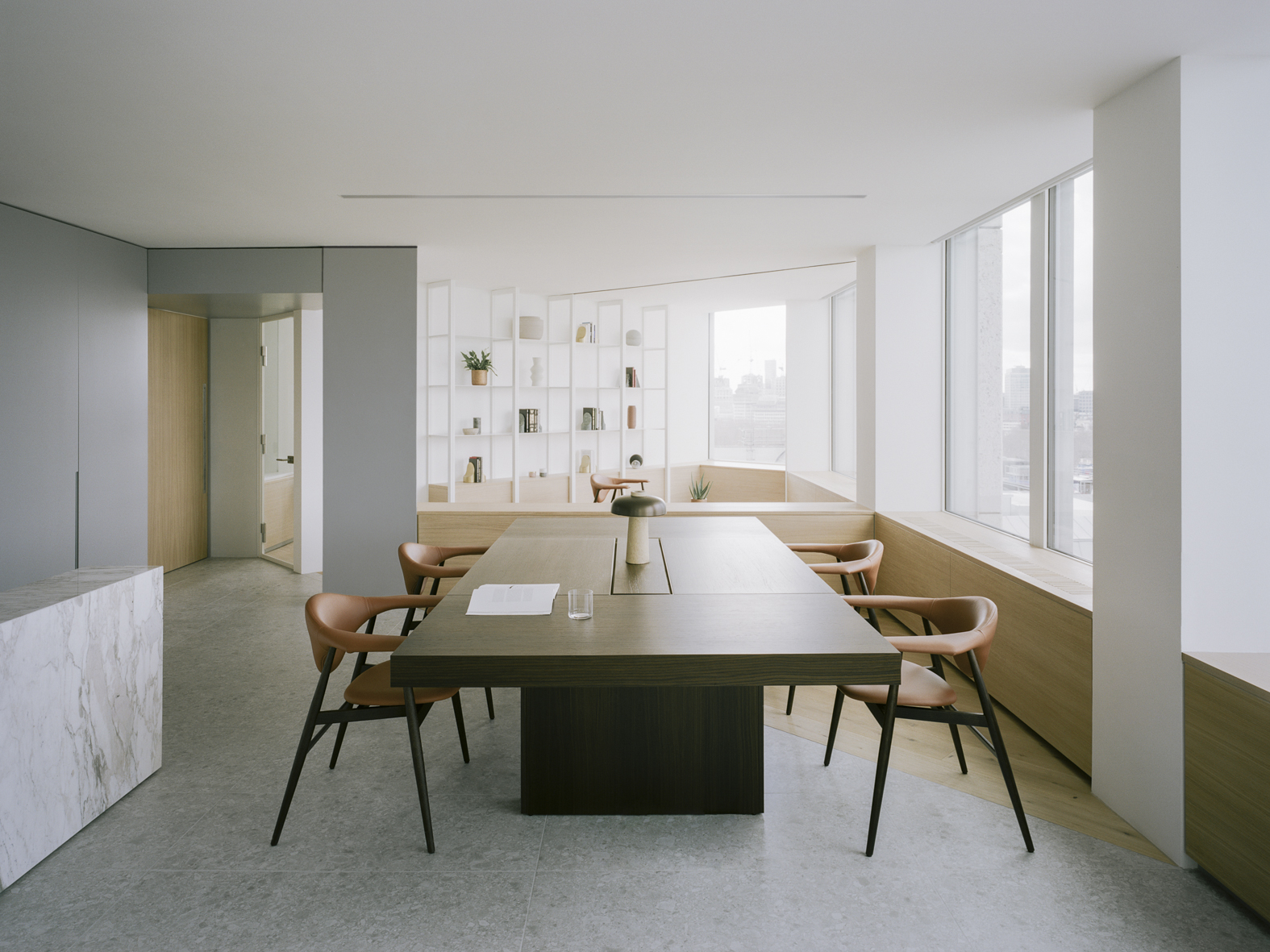
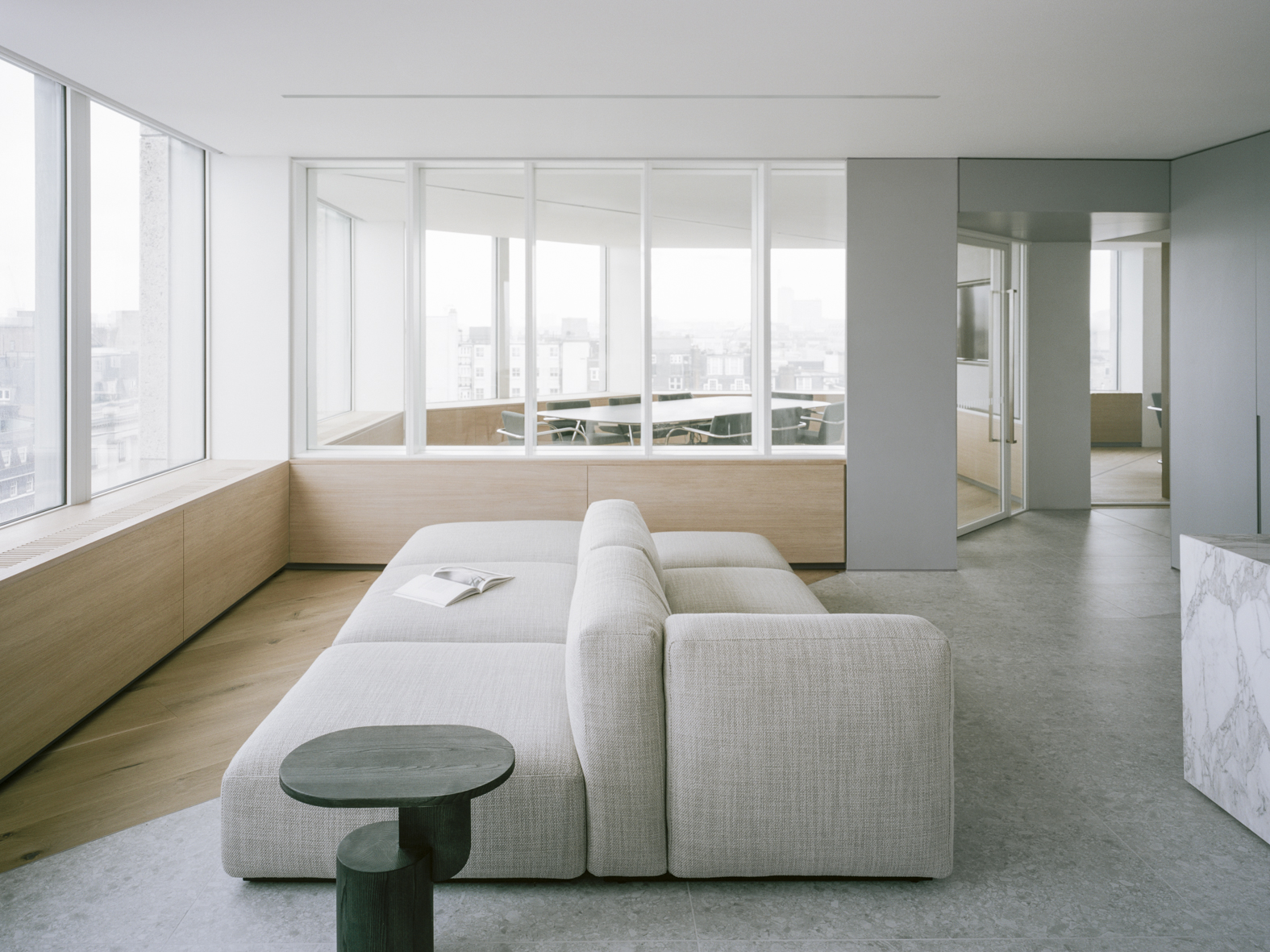
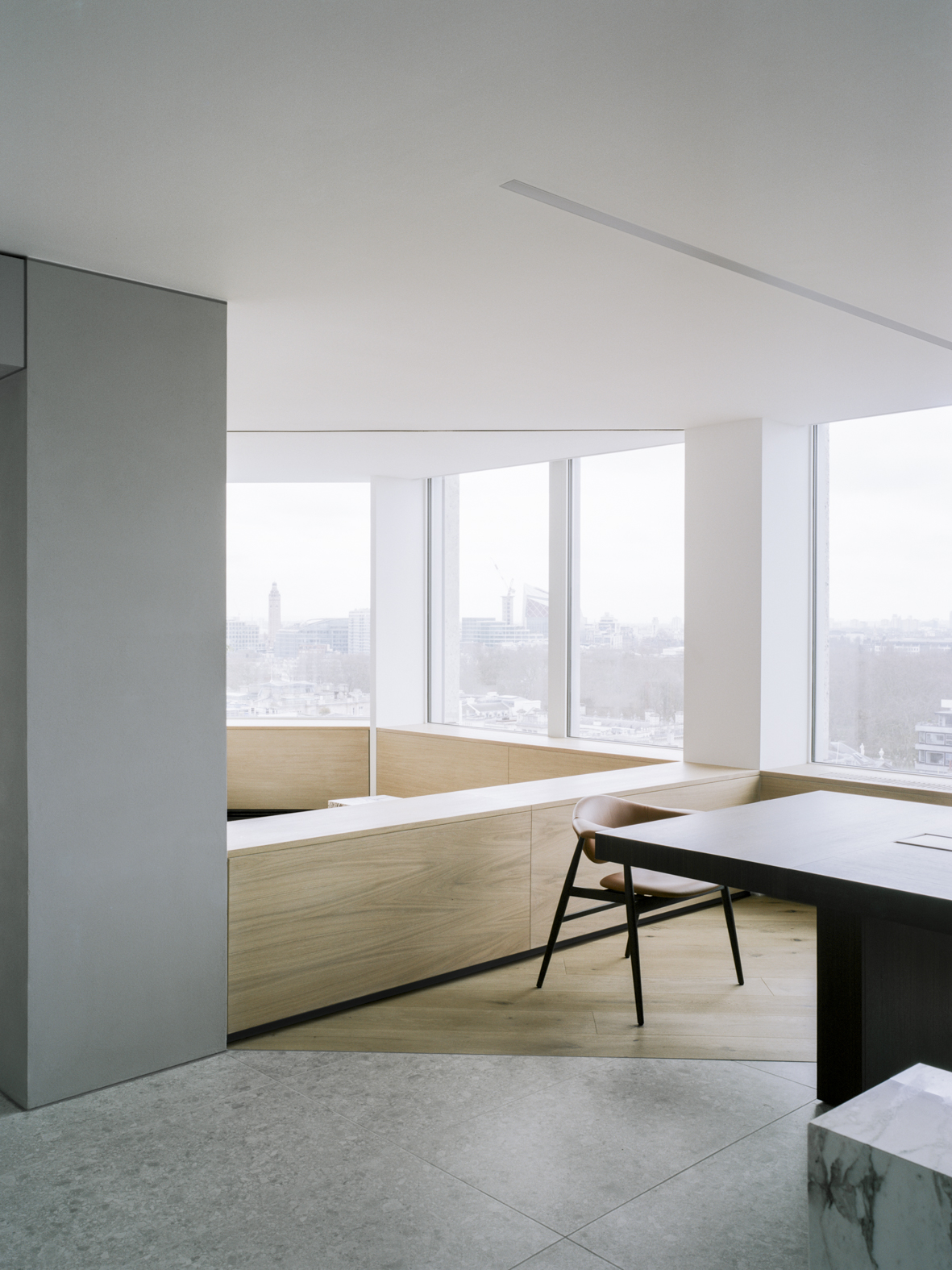
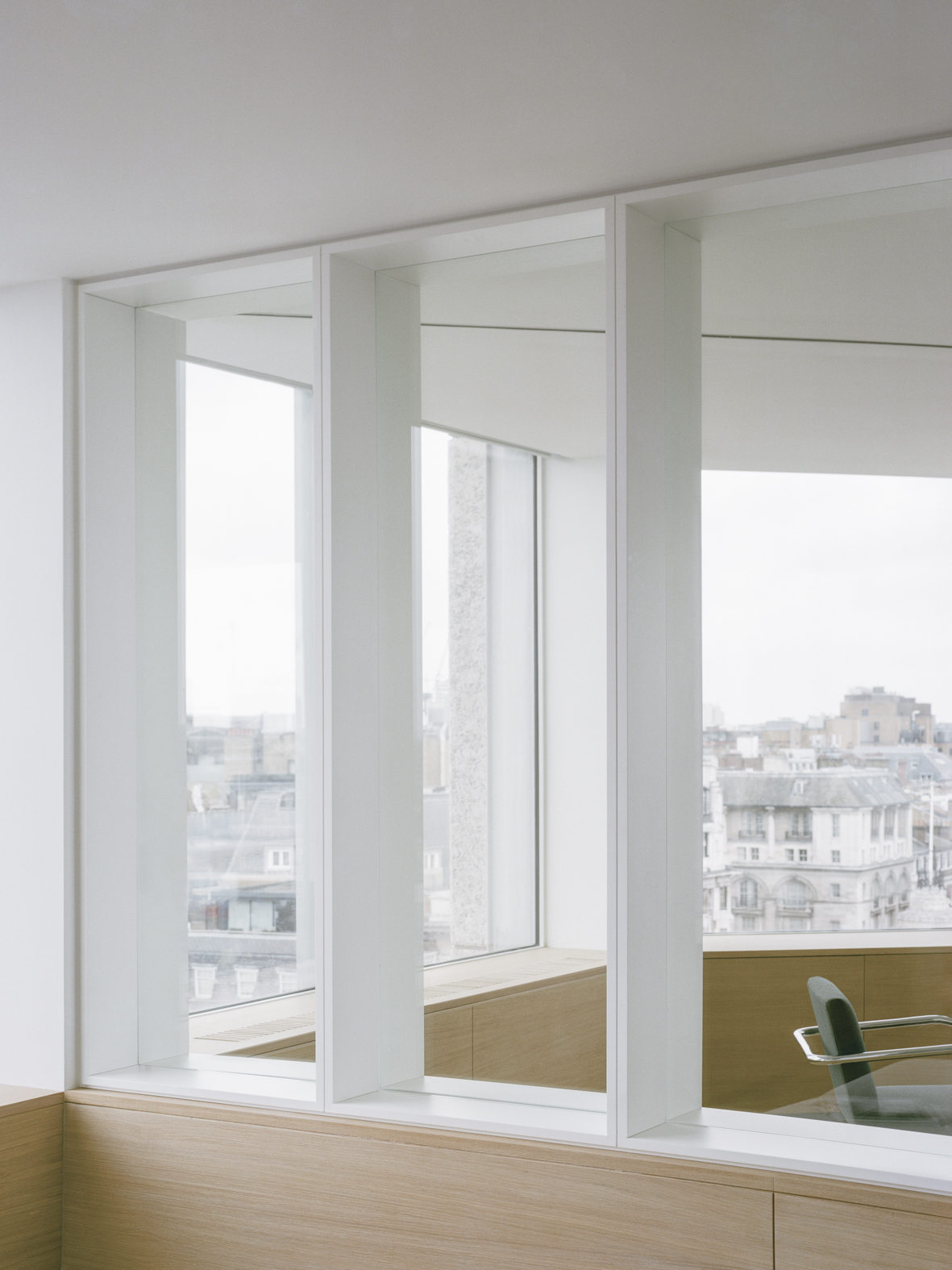
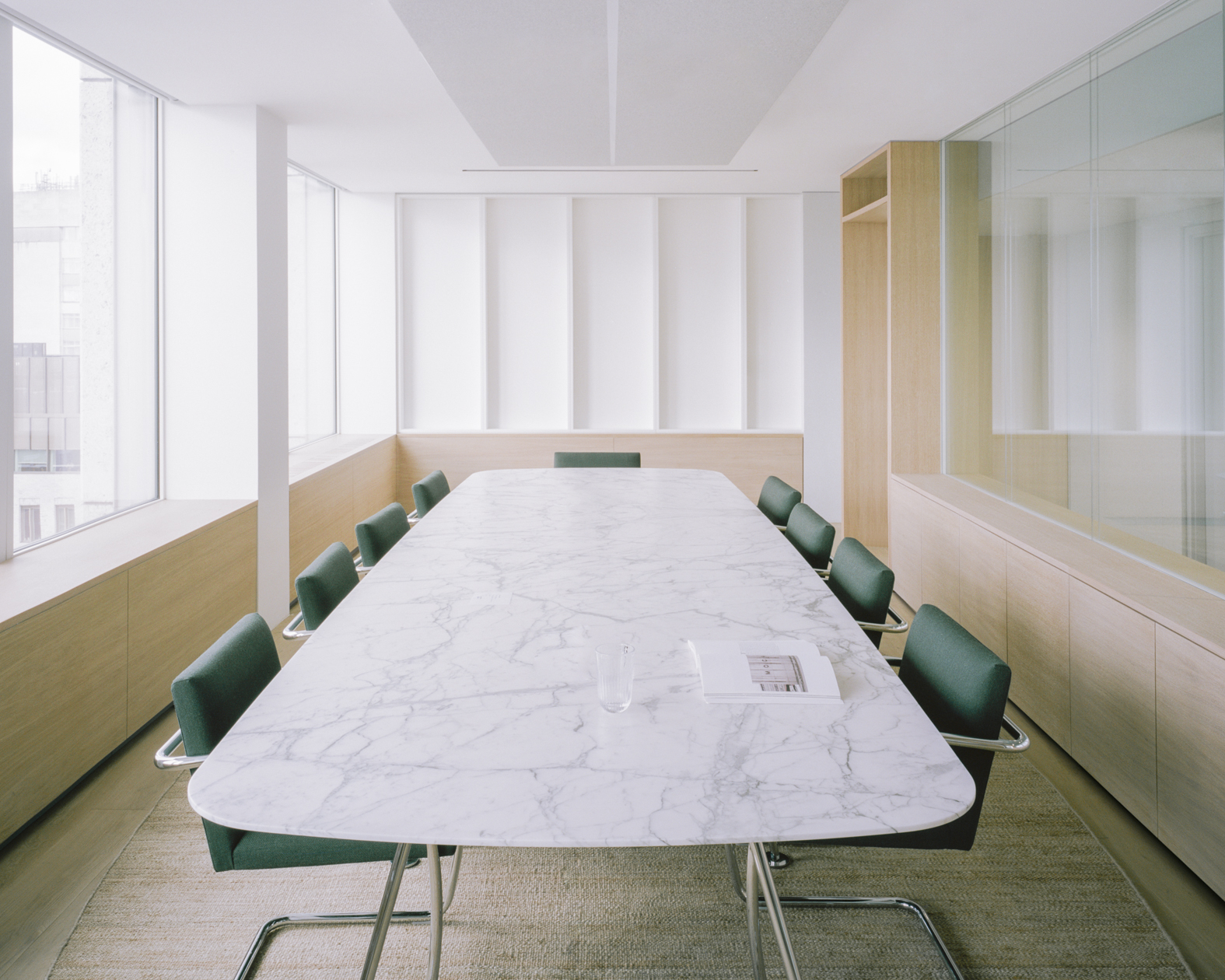
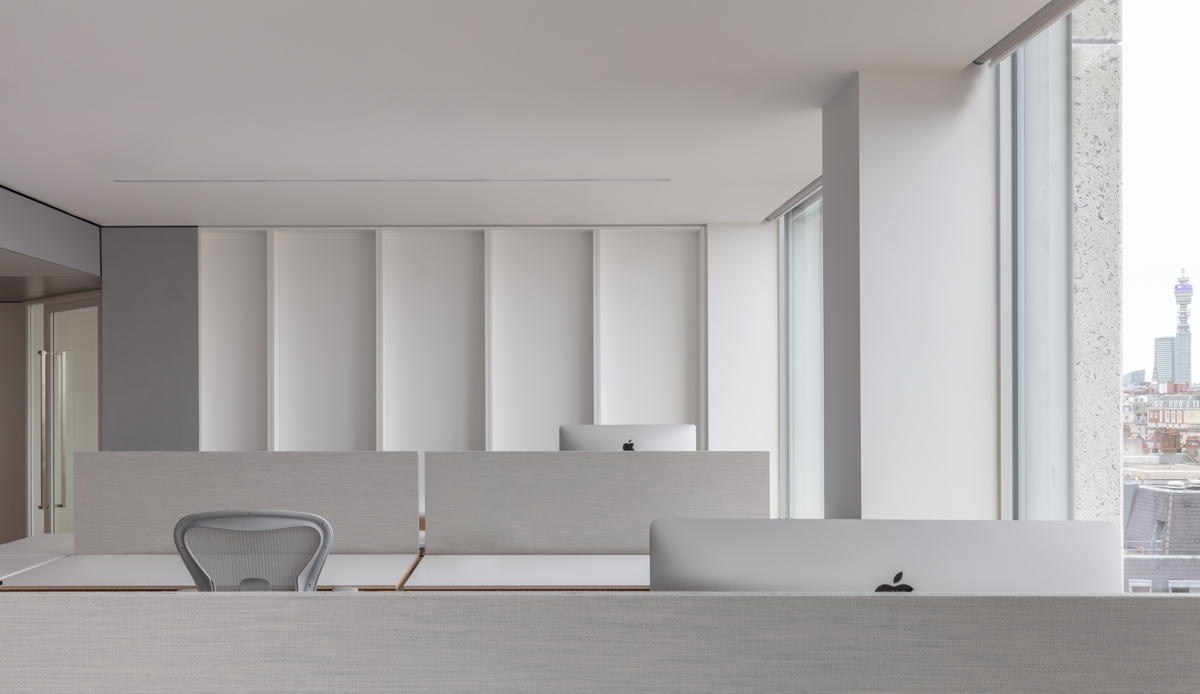
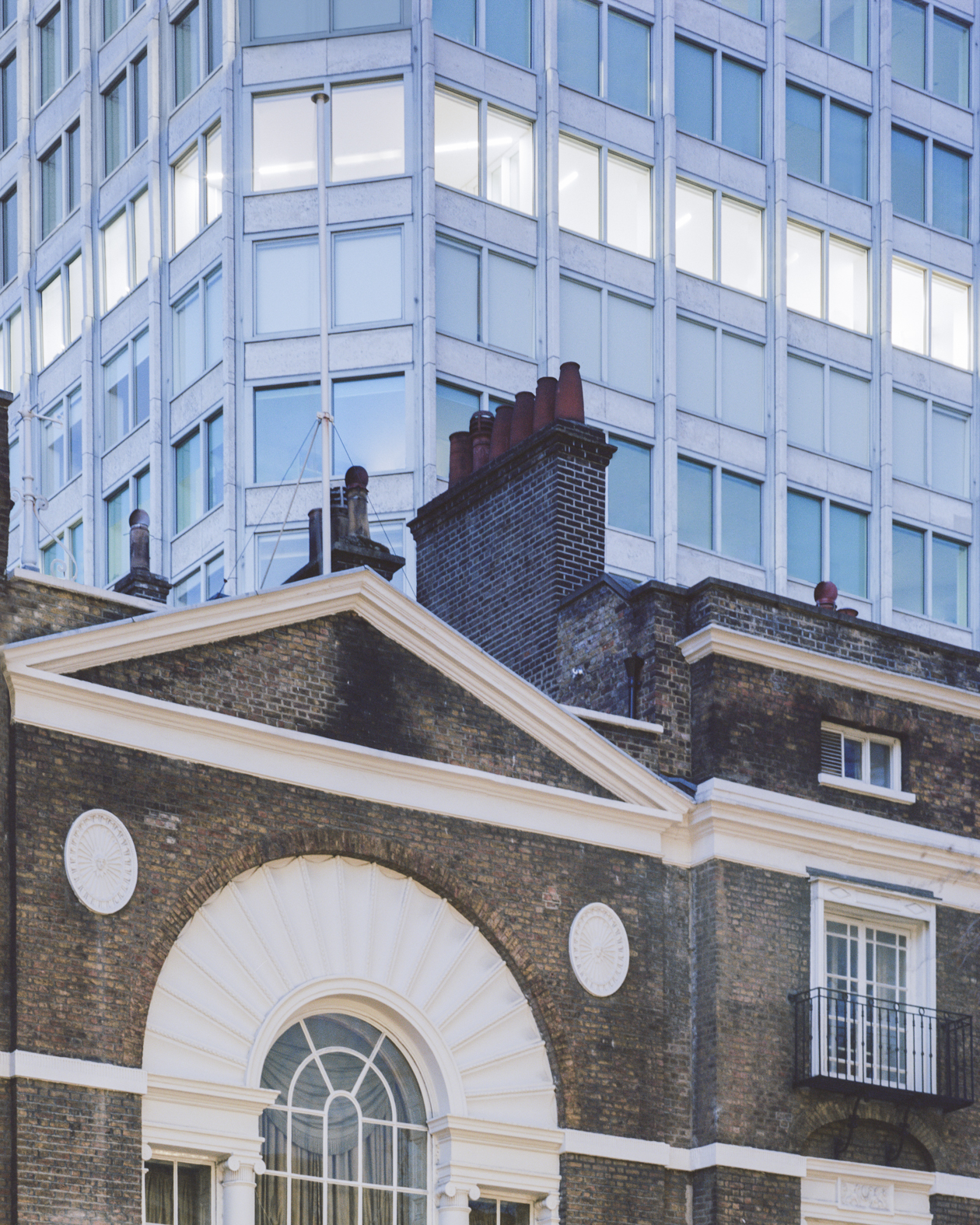
INFORMATION
Receive our daily digest of inspiration, escapism and design stories from around the world direct to your inbox.
Ellie Stathaki is the Architecture & Environment Director at Wallpaper*. She trained as an architect at the Aristotle University of Thessaloniki in Greece and studied architectural history at the Bartlett in London. Now an established journalist, she has been a member of the Wallpaper* team since 2006, visiting buildings across the globe and interviewing leading architects such as Tadao Ando and Rem Koolhaas. Ellie has also taken part in judging panels, moderated events, curated shows and contributed in books, such as The Contemporary House (Thames & Hudson, 2018), Glenn Sestig Architecture Diary (2020) and House London (2022).
-
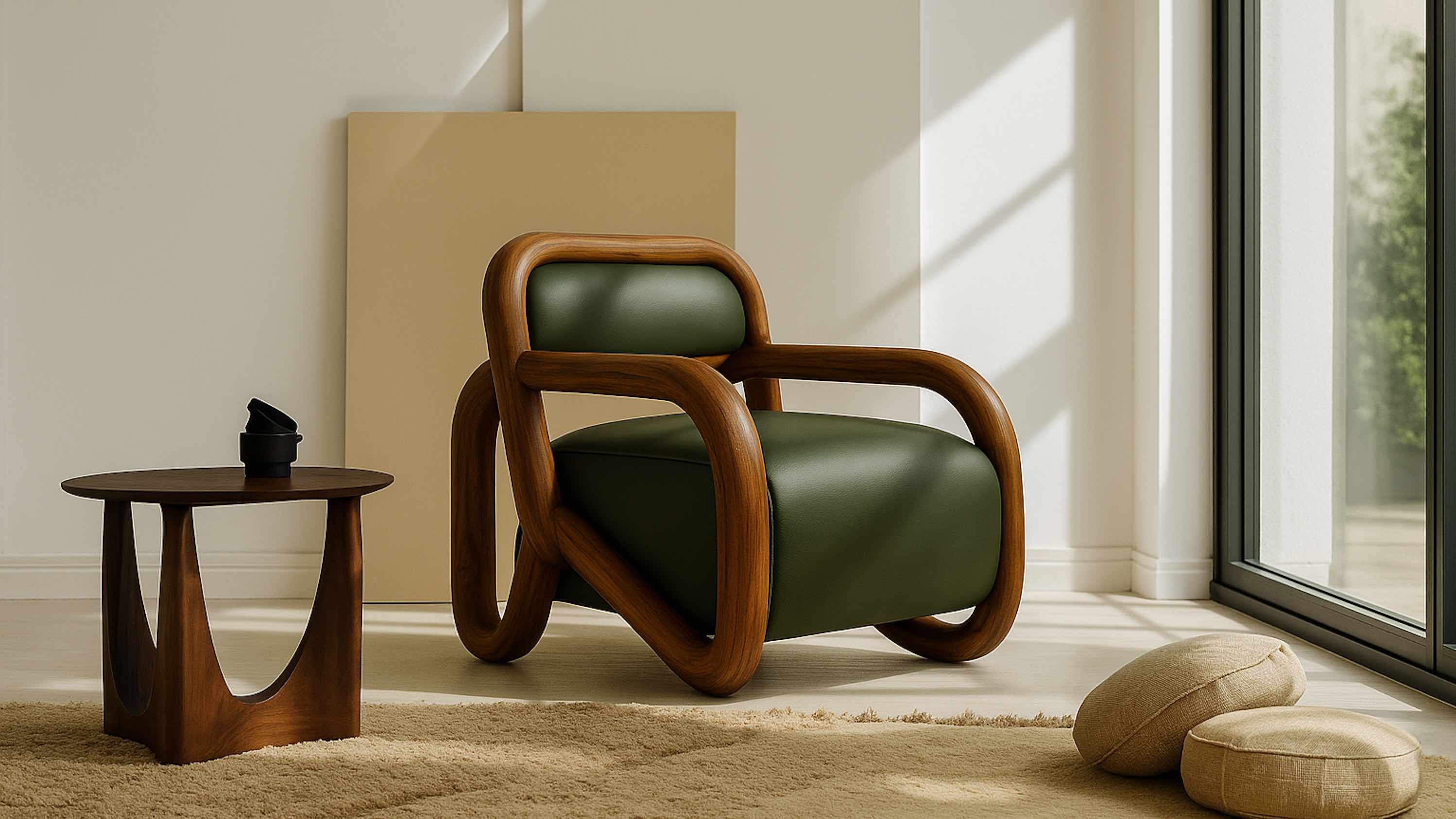 Five women-led studios reshaping Indian creativity at Design Mumbai 2025
Five women-led studios reshaping Indian creativity at Design Mumbai 2025Design Mumbai 2025 opens 26-29 November – Wallpaper* meets five women-led local brands exhibiting at this year's show
-
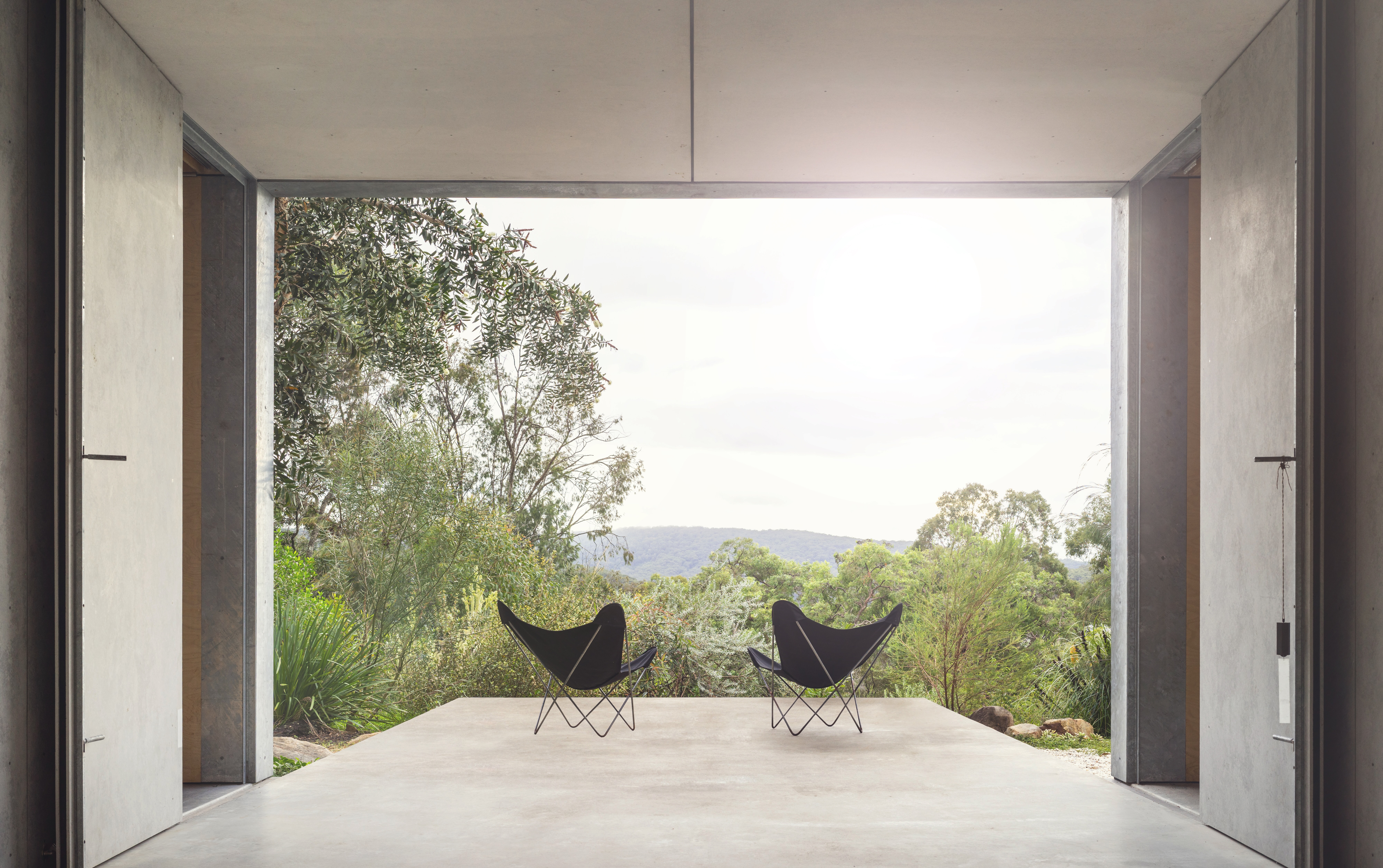 An Australian holiday home is designed as a bushfire-proof sanctuary
An Australian holiday home is designed as a bushfire-proof sanctuary‘Amongst the Eucalypts’ by Jason Gibney Design Workshop (JGDW) rethinks life – and architecture – in fire-prone landscapes, creating a minimalist holiday home that’s meant to last
-
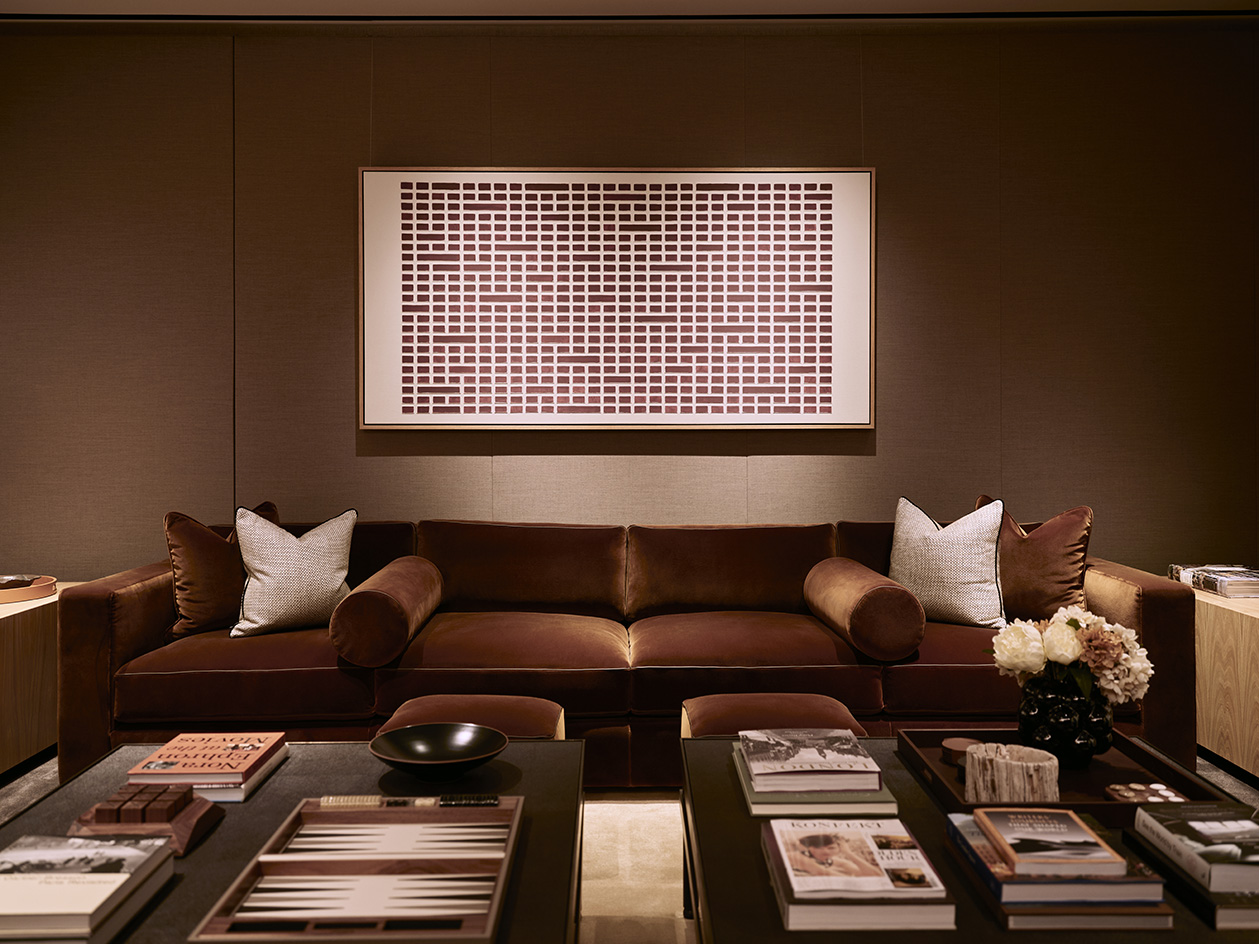 100 George Street is the new kid on the block in fashionable Marylebone
100 George Street is the new kid on the block in fashionable MaryleboneLondon's newest luxury apartment building brings together a sensitive exterior and thoughtful, 21st-century interiors
-
 100 George Street is the new kid on the block in fashionable Marylebone
100 George Street is the new kid on the block in fashionable MaryleboneLondon's newest luxury apartment building brings together a sensitive exterior and thoughtful, 21st-century interiors
-
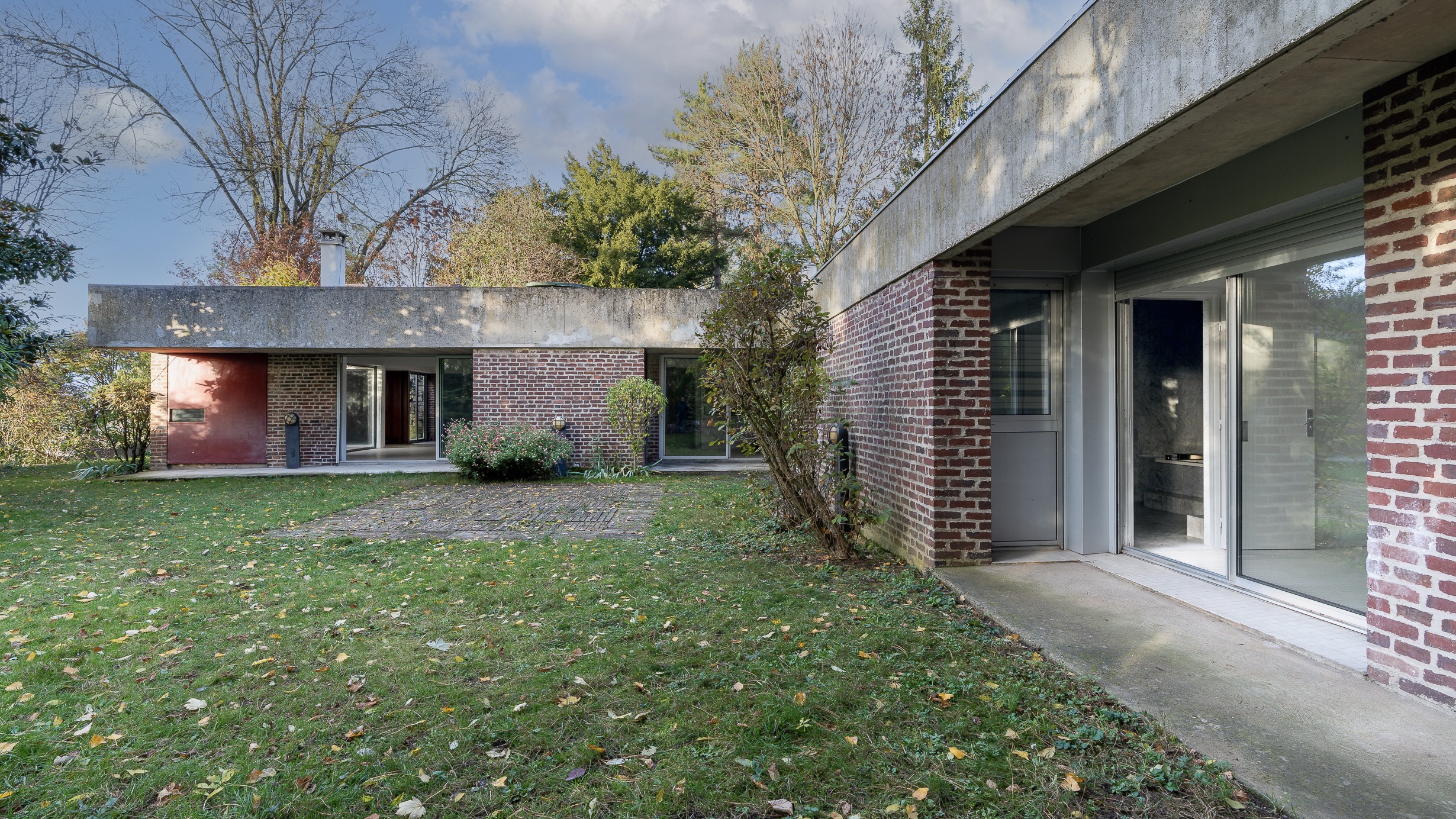 This modernist home, designed by a disciple of Le Corbusier, is on the market
This modernist home, designed by a disciple of Le Corbusier, is on the marketAndré Wogenscky was a long-time collaborator and chief assistant of Le Corbusier; he built this home, a case study for post-war modernism, in 1957
-
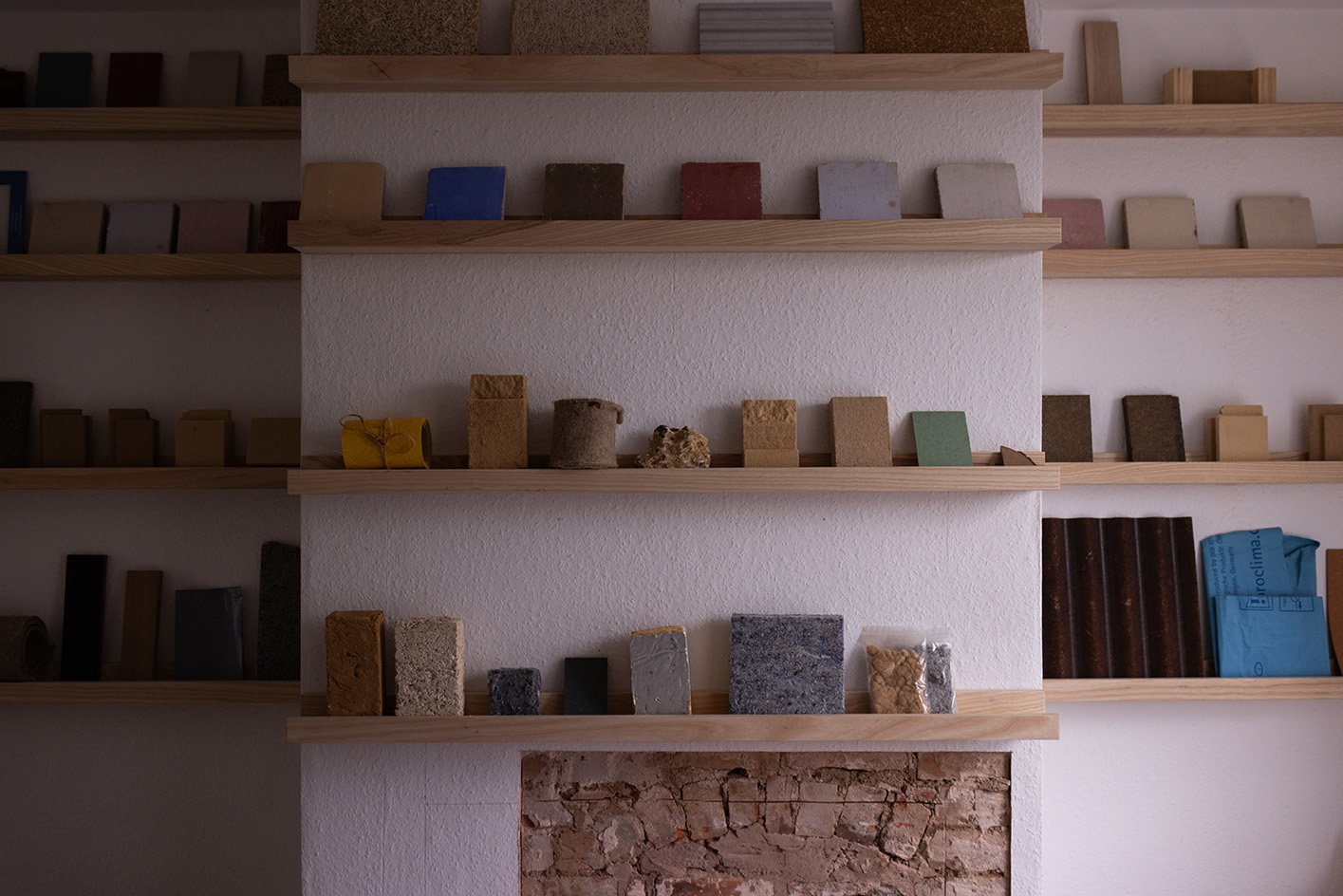 Take a tour of Retrofit House, the live showcase inspiring sustainable homebuilding
Take a tour of Retrofit House, the live showcase inspiring sustainable homebuildingRetrofit House, a showcase for residential redesign using biomaterials and environmentally smart methods, opens in Birmingham, UK, spearheaded by Civic Square, Dark Matter Labs and Material Cultures; we paid it a visit
-
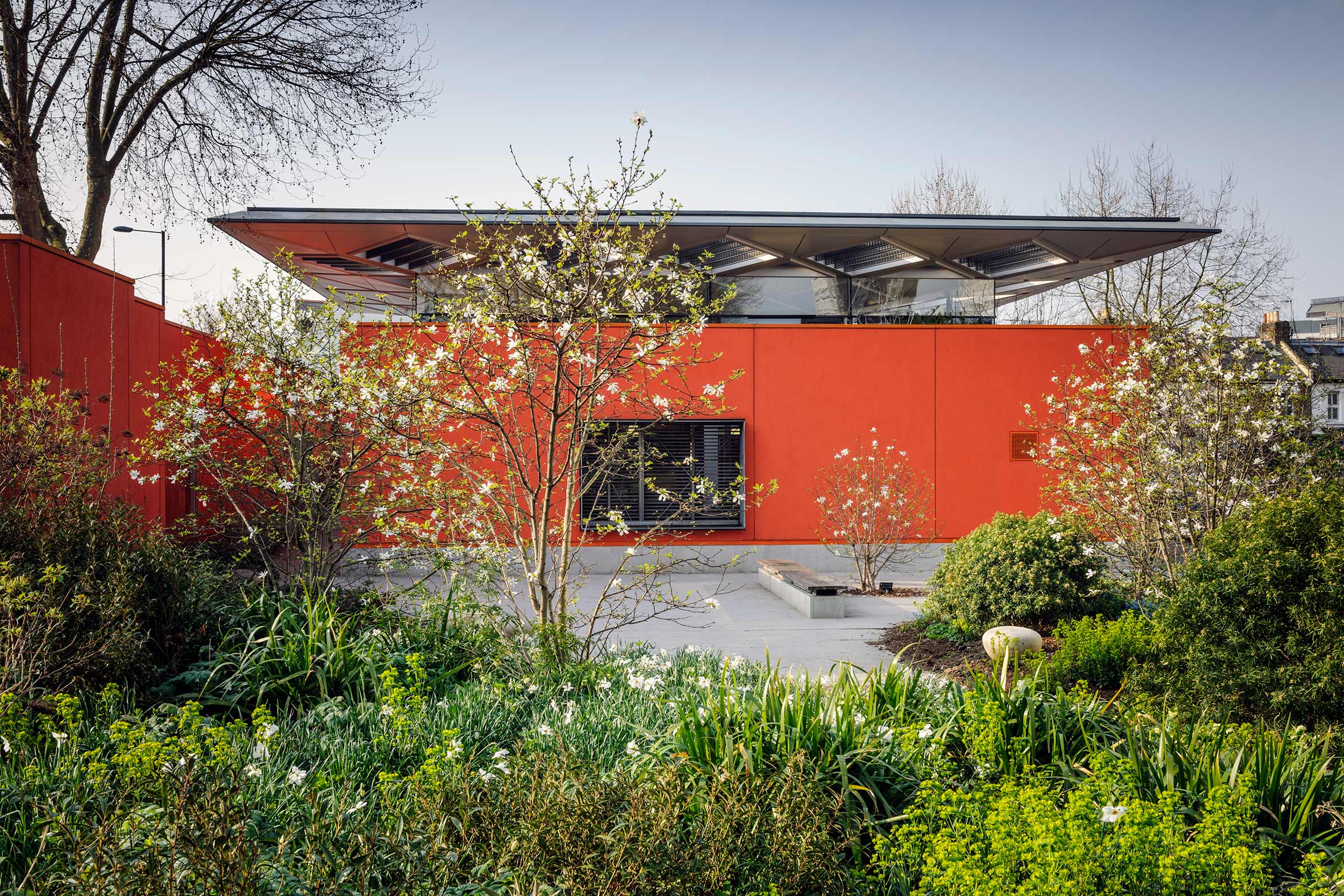 How Maggie’s is redefining cancer care through gardens designed for healing, soothing and liberating
How Maggie’s is redefining cancer care through gardens designed for healing, soothing and liberatingCancer support charity Maggie’s has worked with some of garden design’s most celebrated figures; as it turns 30 next year, advancing upon its goal of ‘30 centres by 30’, we look at the integral role Maggie’s gardens play in nurturing and supporting its users
-
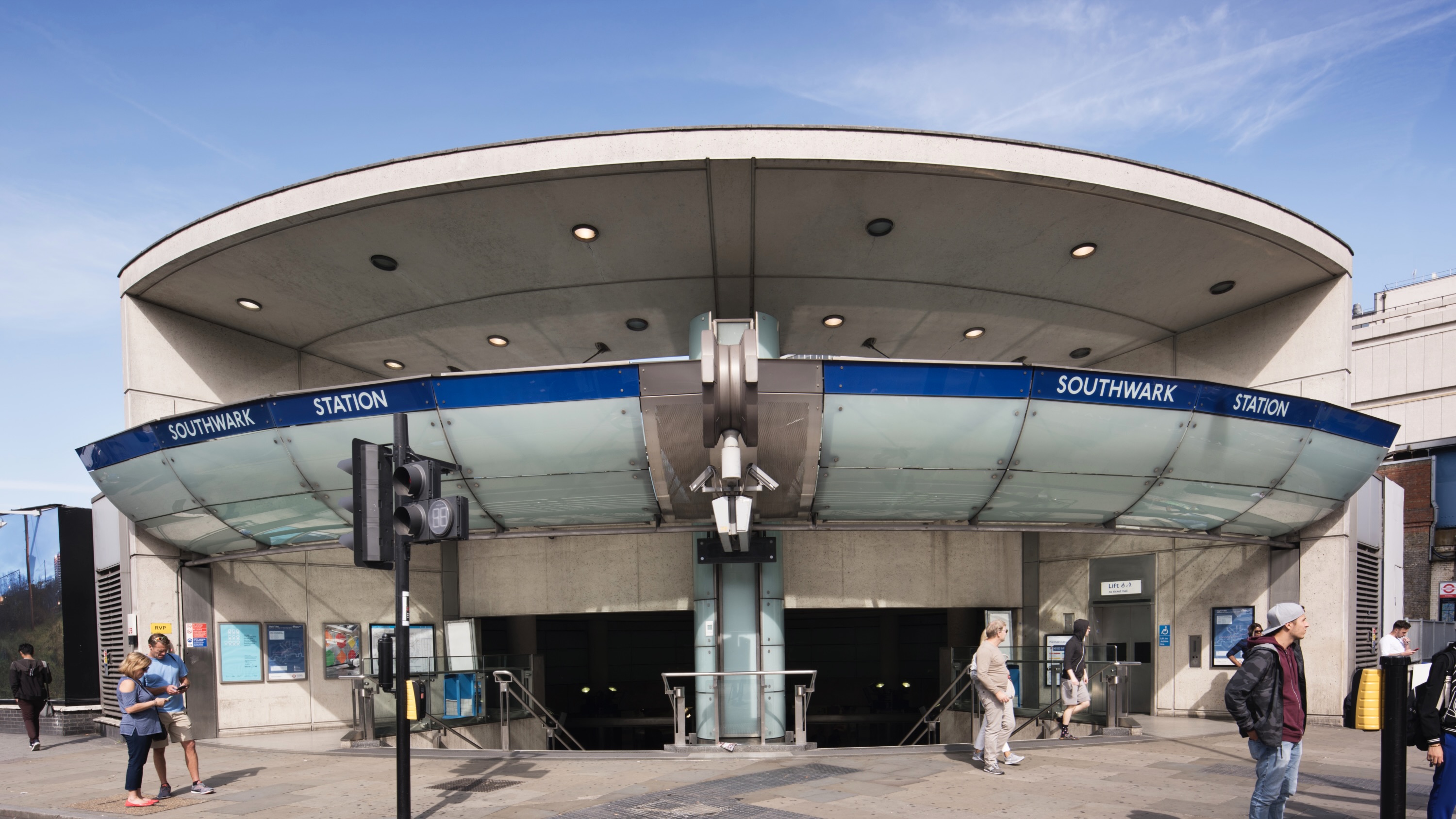 Futuristic-feeling Southwark Tube Station has been granted Grade II-listed status
Futuristic-feeling Southwark Tube Station has been granted Grade II-listed statusCelebrated as an iconic piece of late 20th-century design, the station has been added to England’s National Heritage List
-
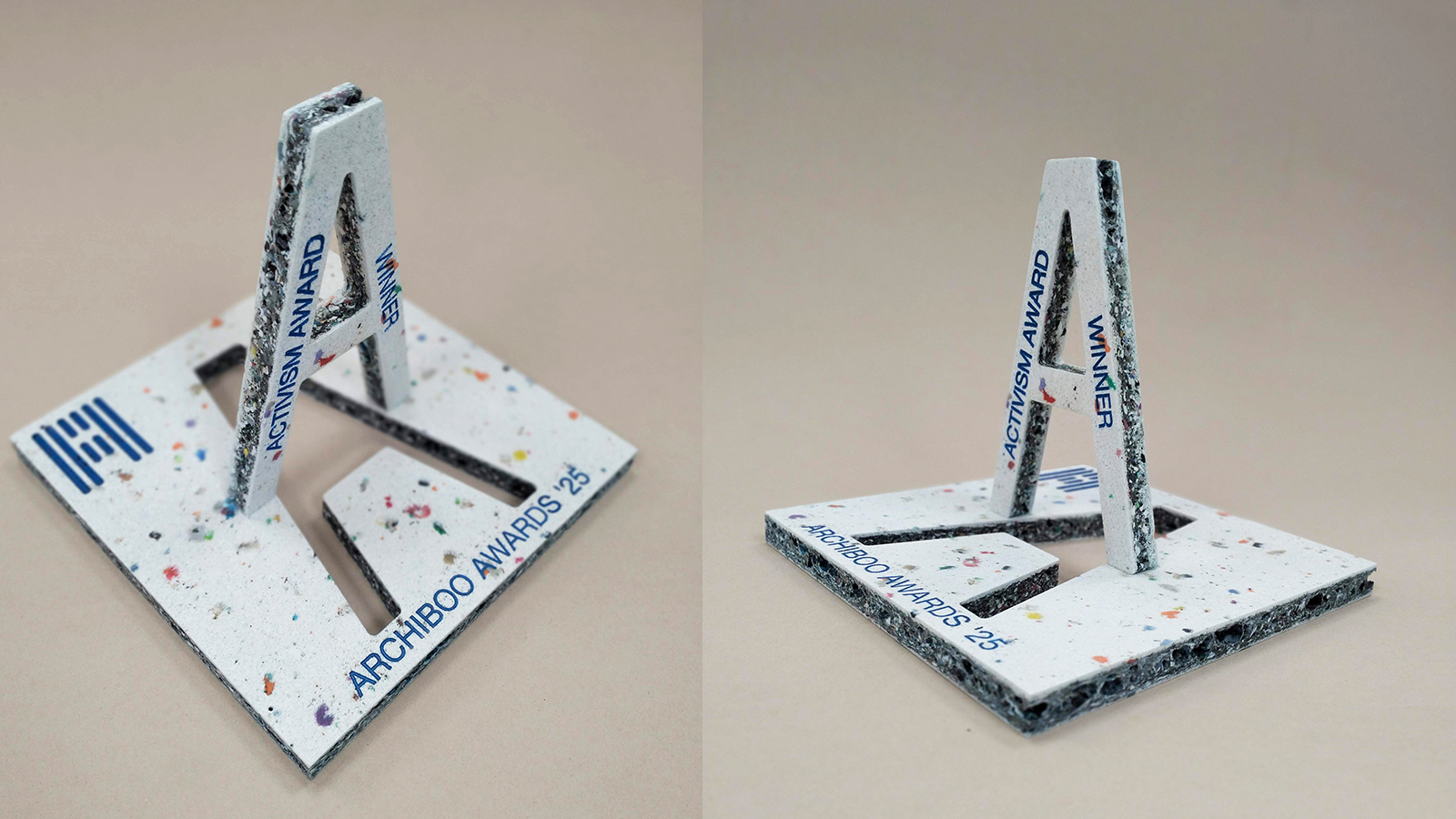 Archiboo Awards 2025 revealed, including prizes for architecture activism and use of AI
Archiboo Awards 2025 revealed, including prizes for architecture activism and use of AIArchiboo Awards 2025 are announced, highlighting Narrative Practice as winners of the Activism in architecture category this year, among several other accolades
-
 Backstage at the Old Vic is all about light, theatre and sustainable action
Backstage at the Old Vic is all about light, theatre and sustainable actionThe theatre's new creative hub by Haworth Tompkins has completed, bringing a distinctly contemporary and colourful addition to the popular theatre space in South London
-
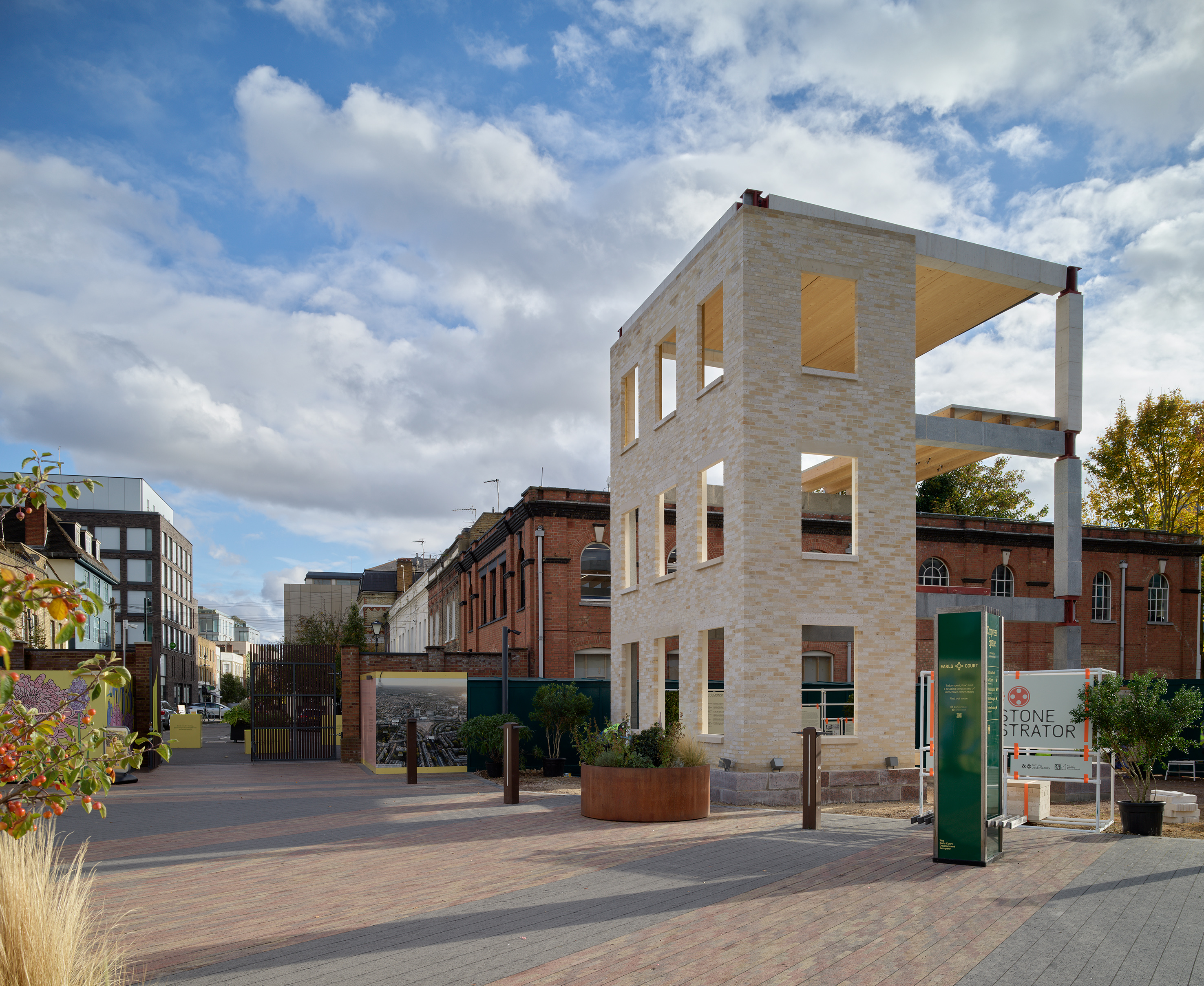 Tempted to try building with stone? This project will convince you of its merits
Tempted to try building with stone? This project will convince you of its meritsWelcome to the Future Observatory's The Stone Demonstrator, a project conceived to show off the material's strong points, now on display in West London